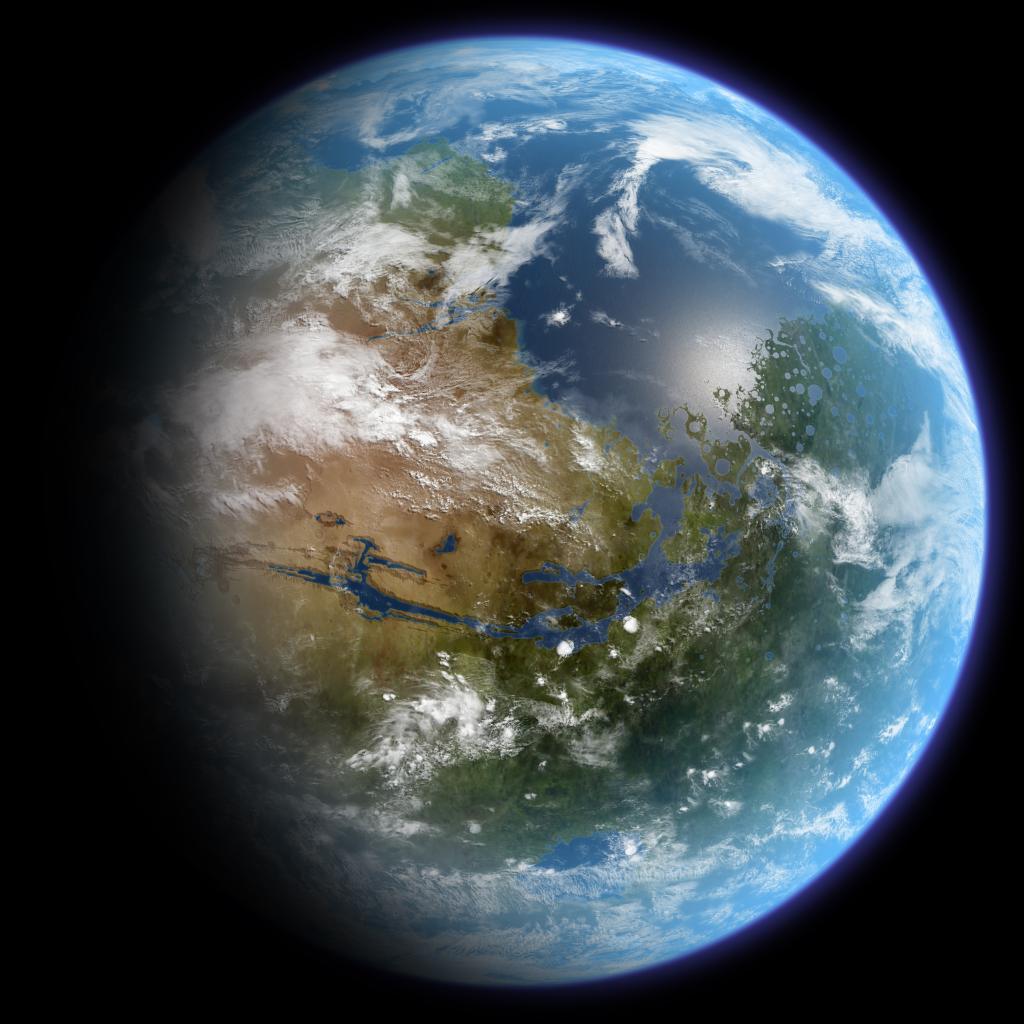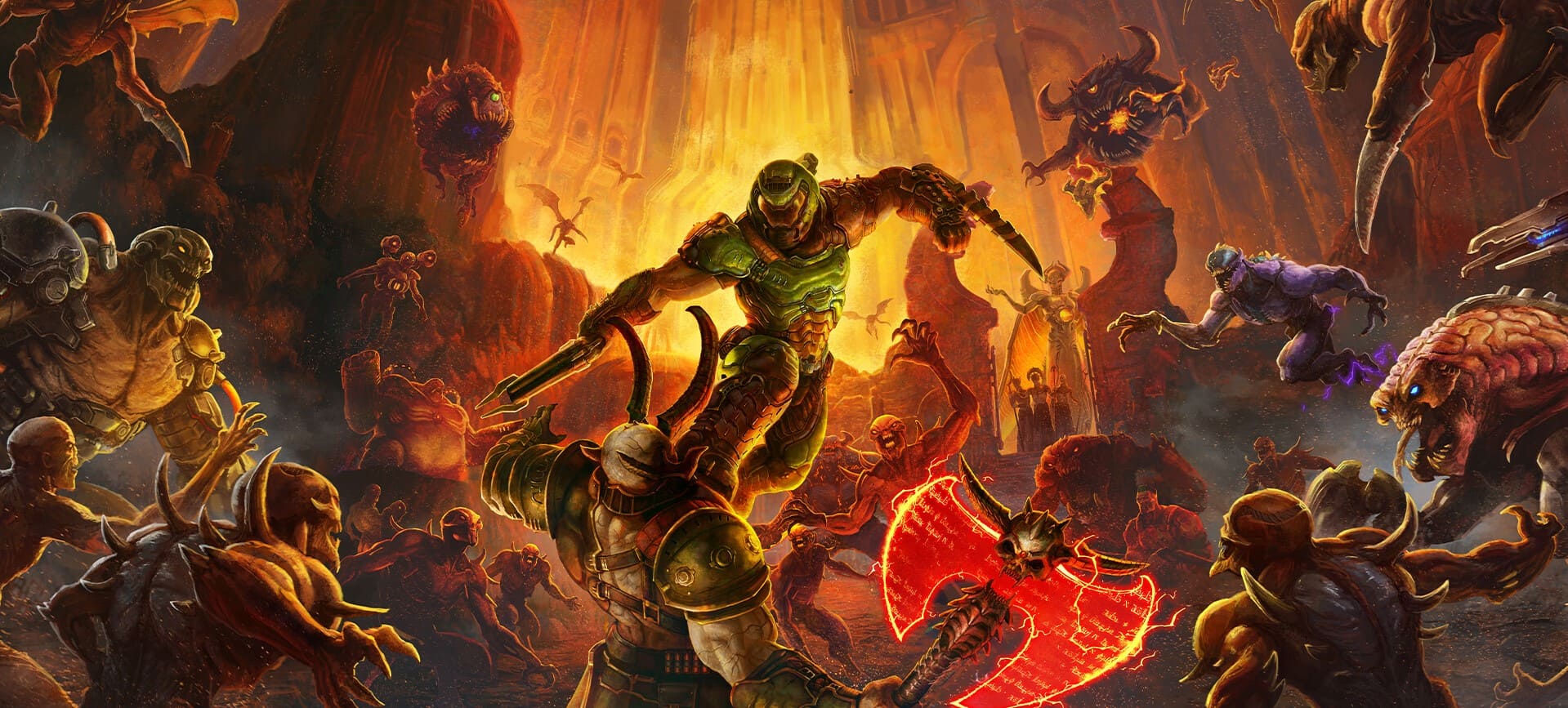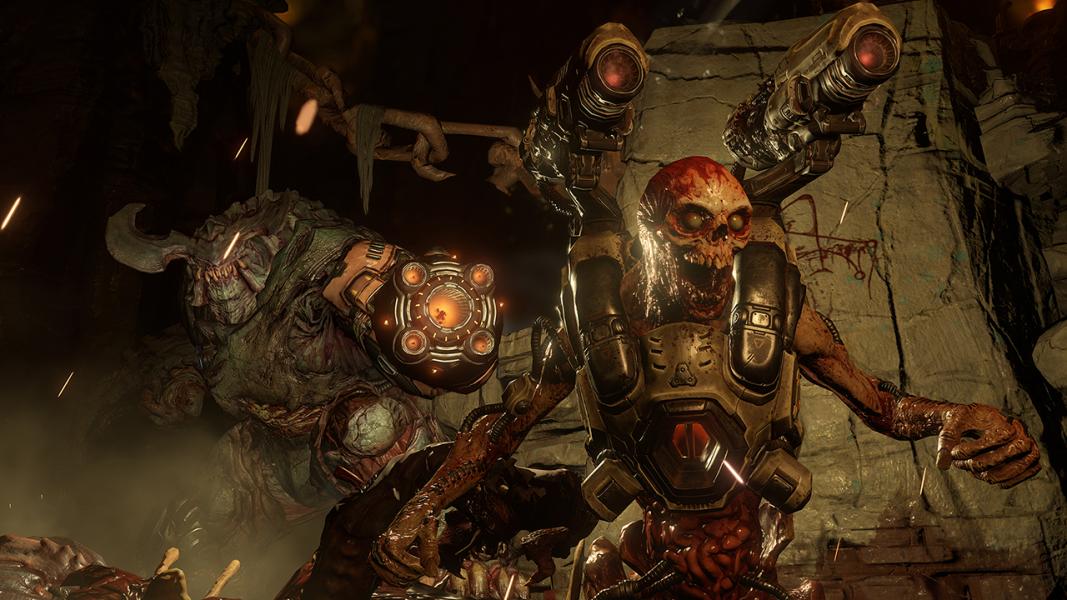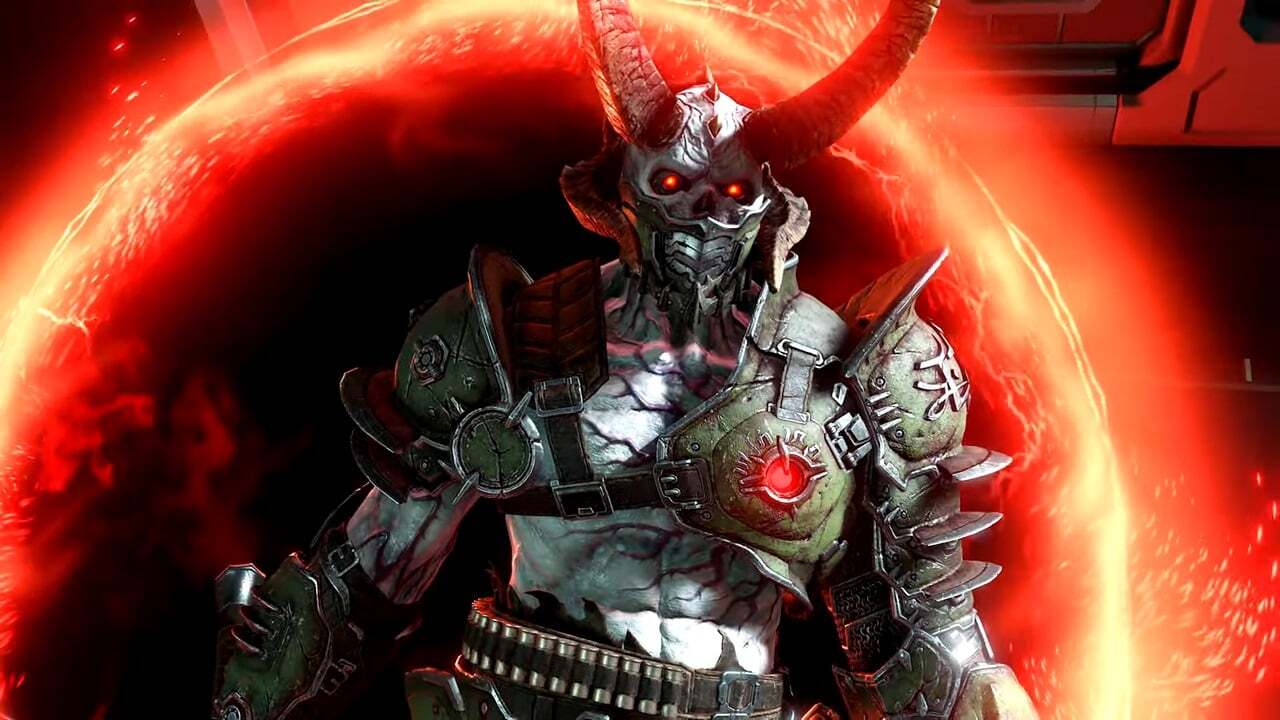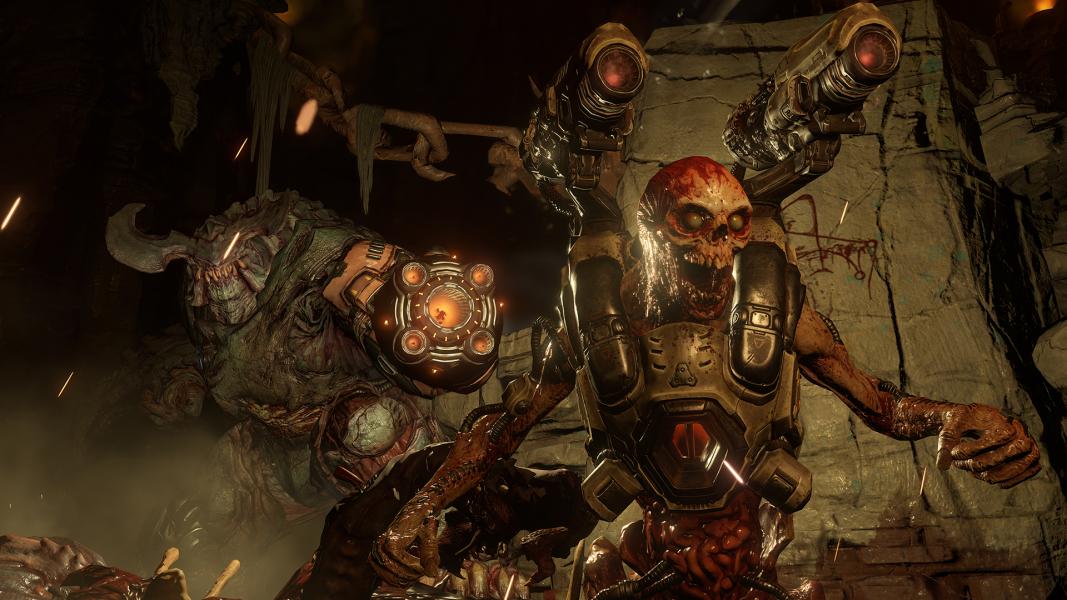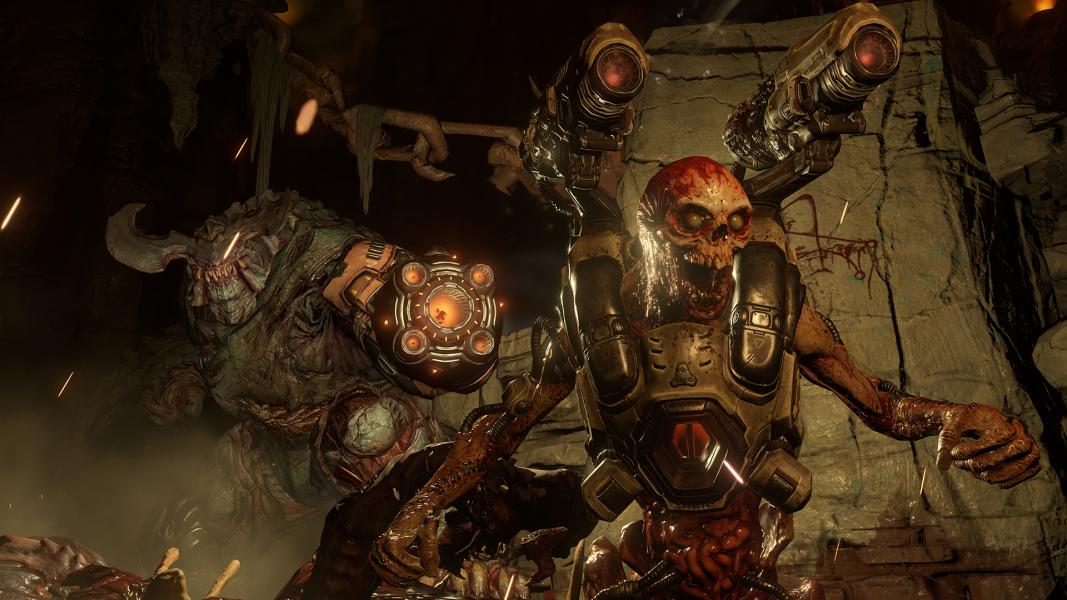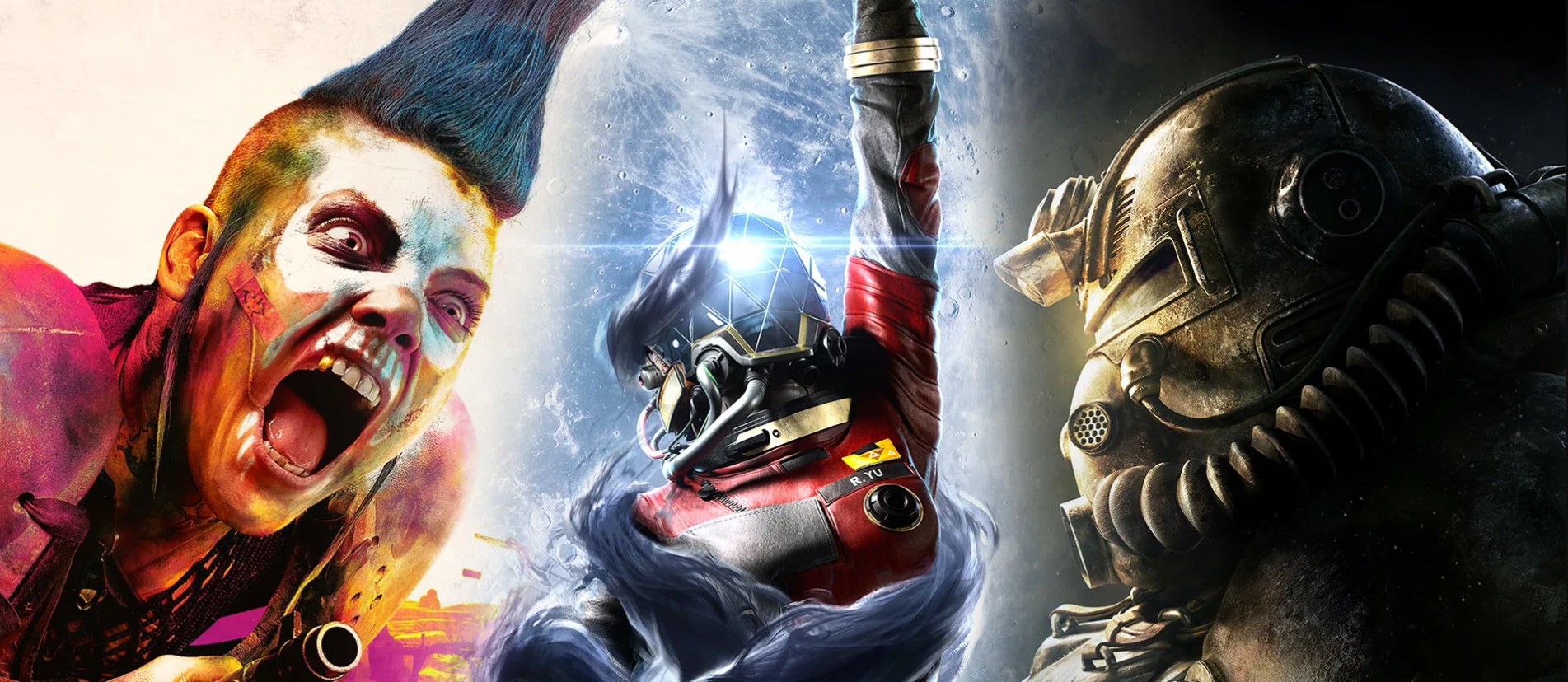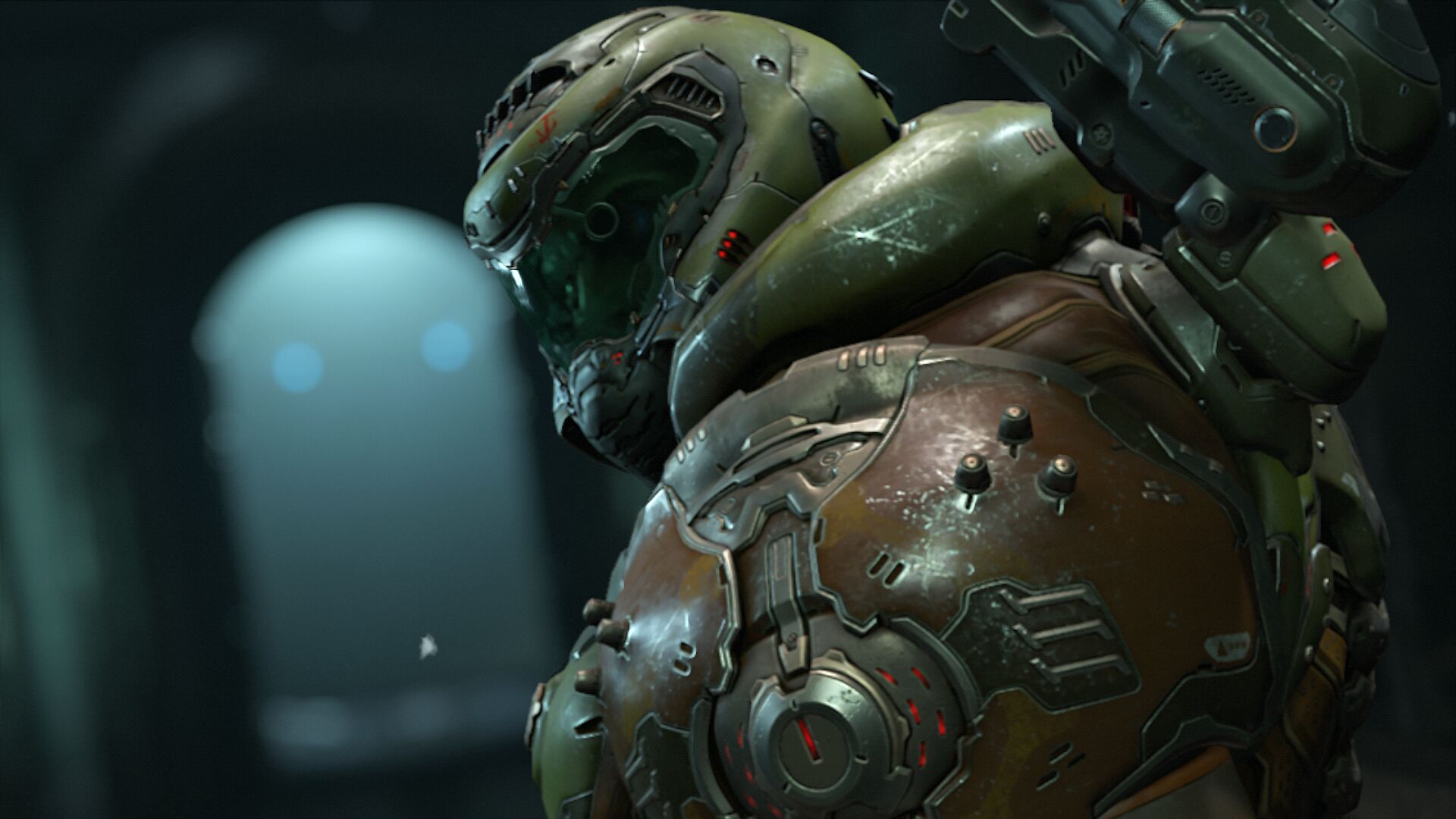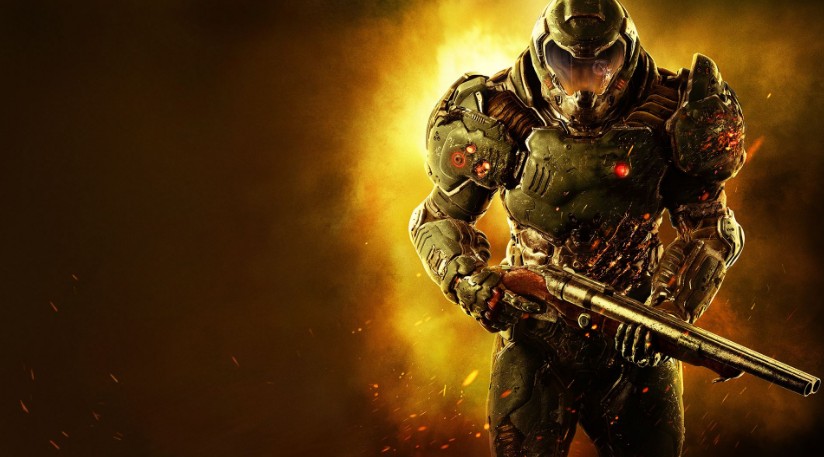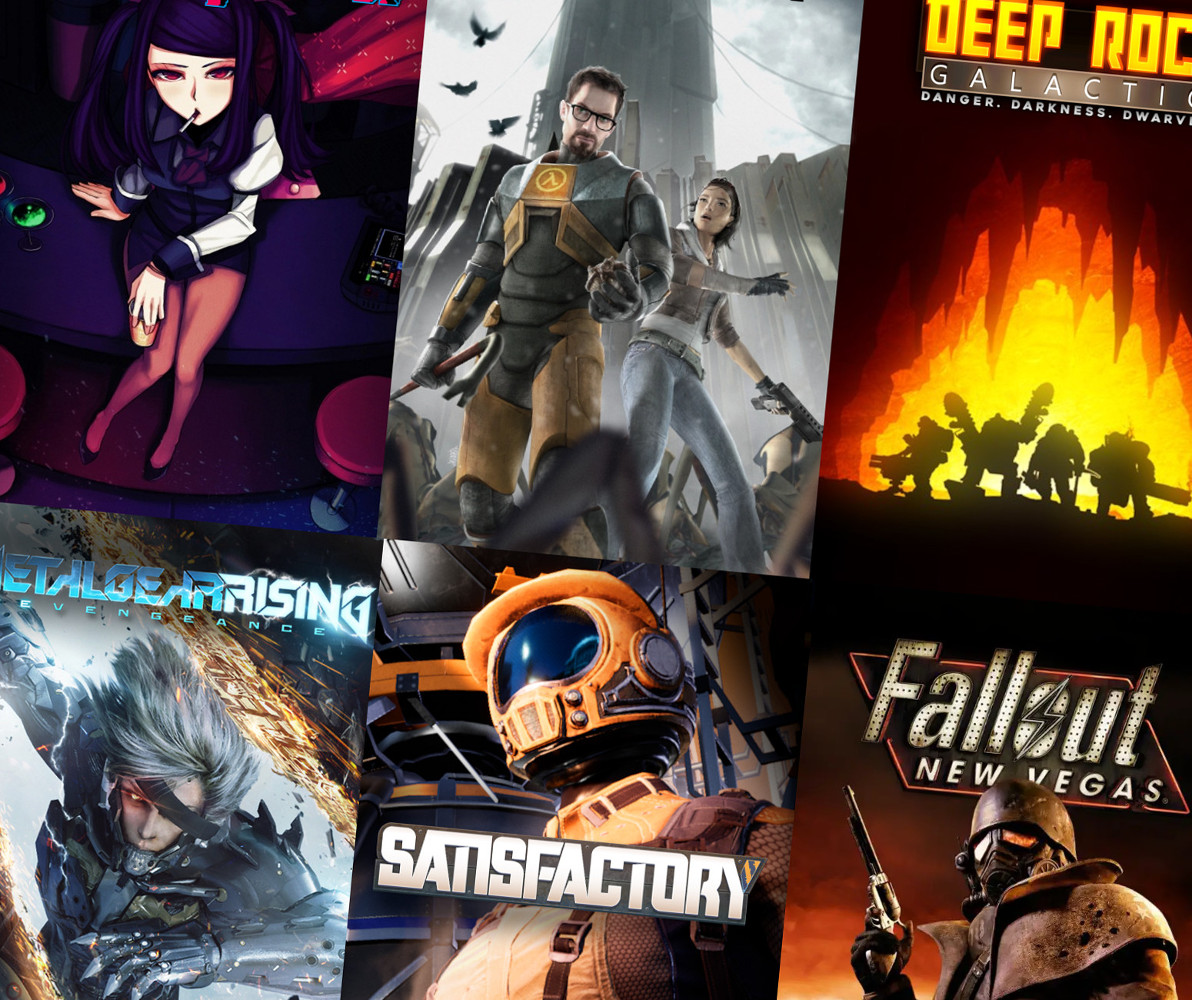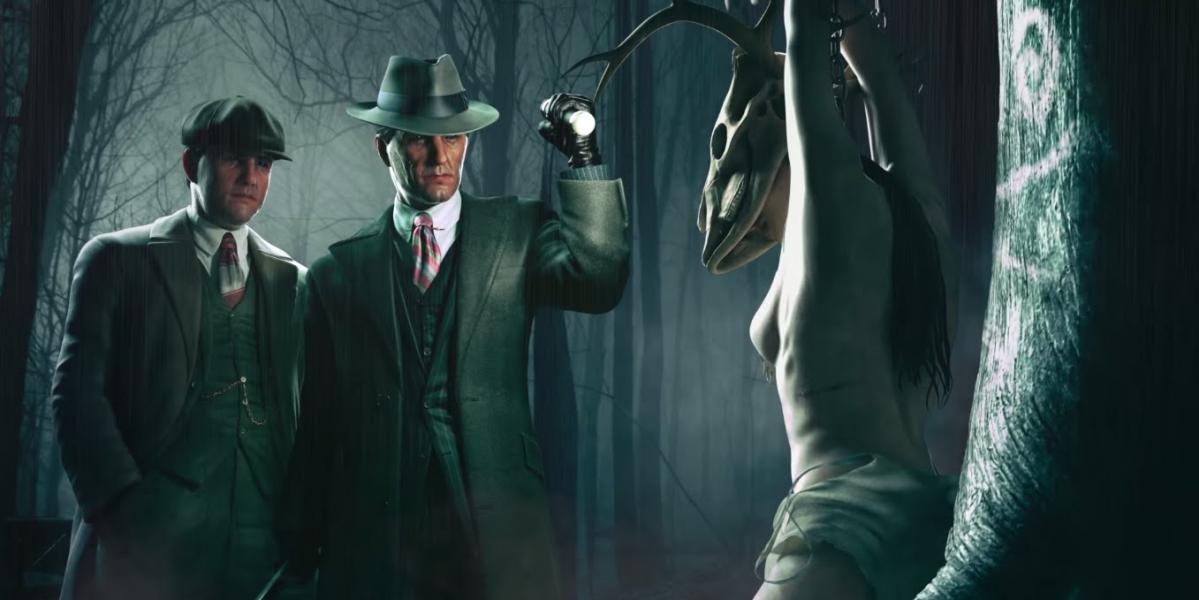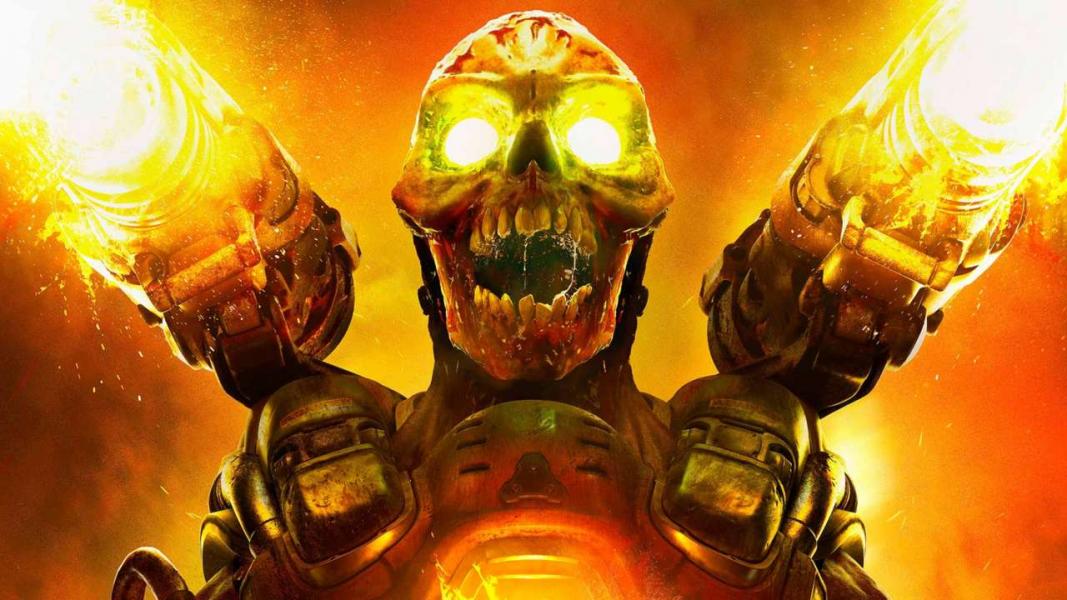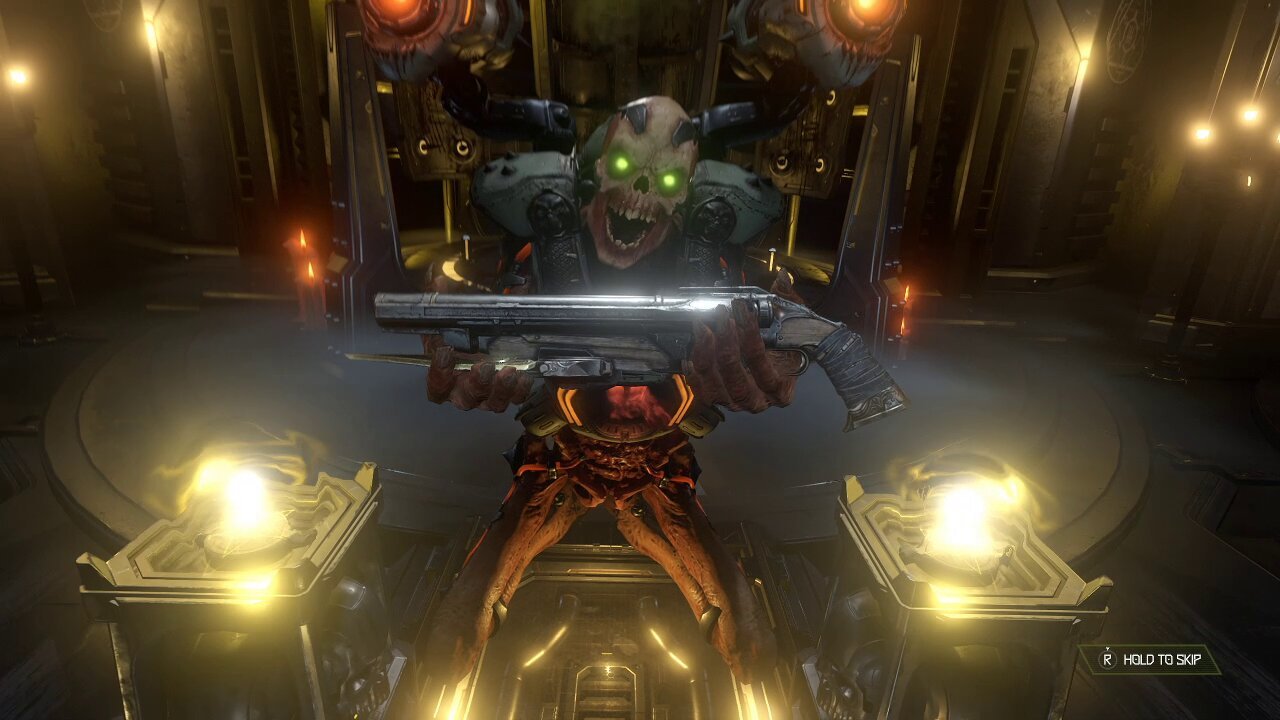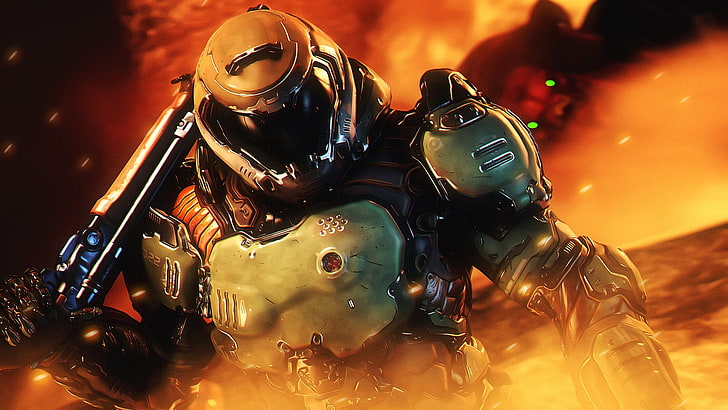
A Brutal Legacy
The original 1993 DOOM was a deceptively simple experience: you, a gun, and endless waves of demons. Yet it was revolutionary for its time. DOOM was one of the first games to use 3D environments, full texture mapping, stereo sound, dynamic environments, and variable palettes. Countless DOOM-clones would attempt to emulate this game-changing technology. In fact we still do so; nearly every modern game in some way or another contains a bit of DOOM DNA. But it was the core experience – fast, addictive, visceral FPS action – that truly solidified DOOM’s enduring legacy among fans.
It’s this legacy that id Software and Bethesda have set out to recapture in the 2016 DOOM reboot. It has all the trappings and production value of a modern game, but at its heart it is just as simple as its progenitor. You, a gun, and endless waves of demons. Games have changed a lot since 1993, but some things always stay the same: DOOM is still one hell of a blast.
Legend, Reborn
You are the Doom Marine, the only armored badass left alive in a Mars colony that has been overrun by Hellspawn. Things have been fleshed out a bit more since 1993: the Union Aerospace Corporation has been mining “Argent Energy” from Mars, a game-changing and virtually-free power source that has transformed human civilization. Of course, it turns out this Argent Energy is pretty far from free: it’s actually Hell Energy, obtained by opening rifts to Hell itself. UAC expeditions have gone through the portals and never returned – but something has. Thanks to a crazed scientist-turned-cult-leader, the barrier between Hell and Mars is torn wide open, letting the demonic forces pour through, killing and possessing everything in their path. Once again, it is your job to clean up after the hubris of man.
It’s silly and fairly basic and really not all that important. If you’ve come for a story, you’ll probably be disappointed. That’s not to say the story is unenjoyable, though. It’s damn fun, actually, an over-the-top action/adventure/horror/gore-fest that is fully aware of itself. There are plenty of winks and nods to the DOOM legacy throughout which seasoned players will pick up on, not to mention a few other pop-culture Easter eggs. And, surprisingly, there is some actual depth and complexity added to the DOOM lore. Documents and recordings found in the environment detail the history of the UAC, the future of humanity, and even Hell itself. I said above that DOOM 2016 is a reboot, but that’s not strictly true. It could also be viewed as a true sequel. The game does some subtle but very clever retconning which not only acknowledges but incorporates the past DOOM games, while at the same time elevating the Doom Marine from a nameless grunt to something much more mythical. It adds a meta-narrative to the story, something longtime fans of the series will definitely appreciate.
Again, all of this is communicated via in-game documents which are entirely optional. It’s possible to play through the entire game and not read a single wall of text about the UAC or the barons of Hell. Cinematics and cutscenes are rare, typically used to introduce a new enemy or to allow the plot to advance; but when they do come along they’re effective, using dramatic camera angles to focus on the goriest and most disturbing visuals.
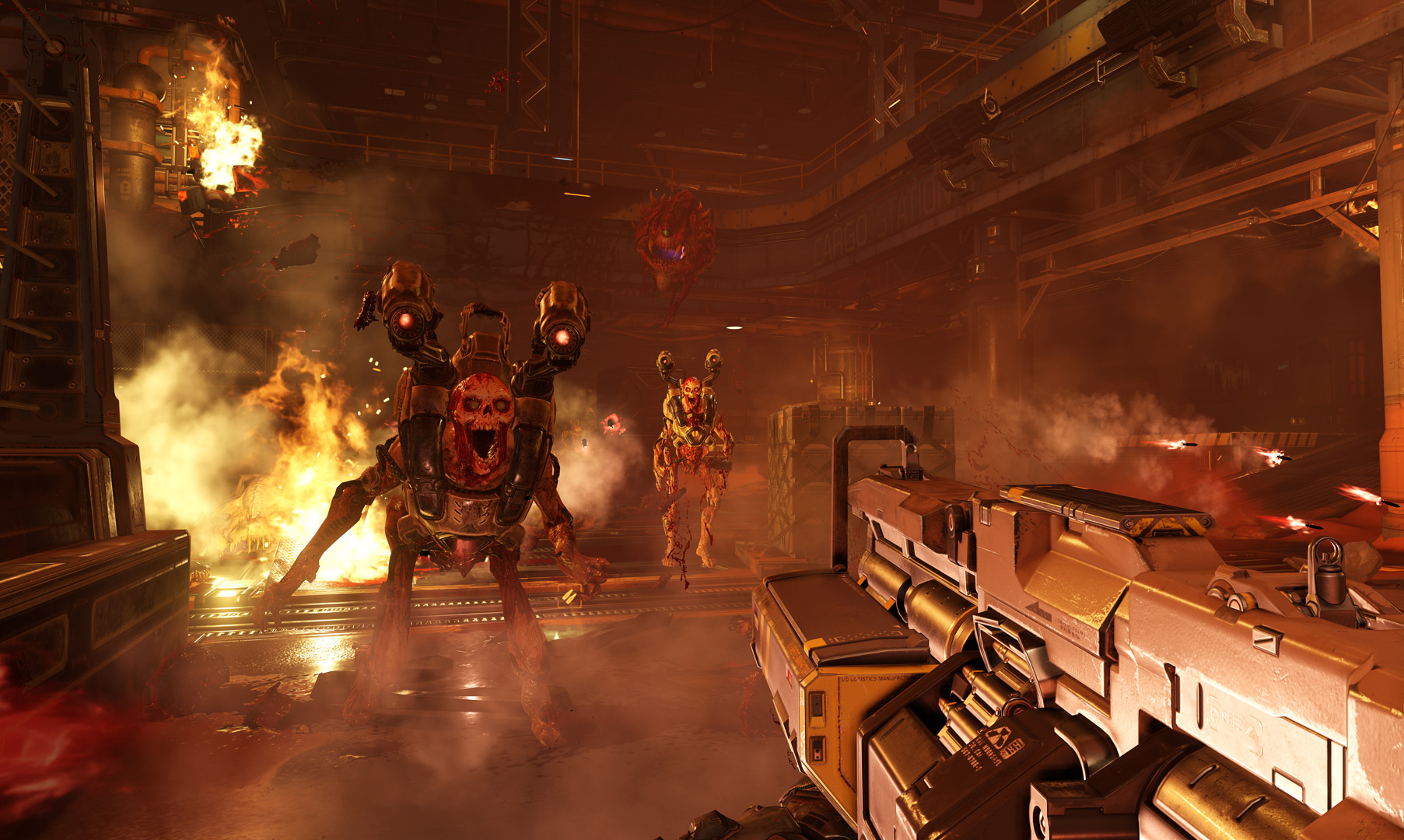
Screaming Revenant and burning body parts never looked so good.
Fun With Monsters
But let’s be honest. As clever as the story can sometimes be, that’s not why we’re here. We’re here to rip and tear, to relive the DOOM we all recall so fondly. And it is here that the game truly excels. DOOM manages to recapture the feel of the original game without ignoring modern advancements in technology and mechanics. In some ways it feels like a modern shooter – the weapons have weight, the movement is fluid. But in other ways it feels wholly unique. For one thing, movement is much faster than most shooters. There’s still weight to your actions, so you’re not quite skating across the map. Still, it might take some getting used to; compared to DOOM, shooters like Call of Duty and Battlefield feel cumbersome.
You’ll need that speed, though, because this game is relentless. Staying still guarantees a quick death; partly thanks to the sheer number of enemies the game often throws at you, but also because of how intelligent and varied the Hellspawn actually are. Different types will display different behaviors. The relatively-small Imps leap and dodge from floor to wall, climbing to get a better vantage point. Shield-bearing Possessed Security enemies keep their distance while taking potshots – at least until you get in close, upon which they bash you to death with their shields. Revenant do their best to circle around you, or else just take to the skies with their jetpacks and rain down destruction. Pinkies charge, Barons leap and pound the ground, Summoners teleport across the map while calling more Hellspawn to throw at you. Every enemy is a puzzle, requiring its own unique strategy to defeat. The result is fast and brutal combat that also manages to be surprisingly engaging on an intellectual level. Because of this, it never gets boring and it never feels cheap. You’ll die, a lot, but it will almost always be your fault, and you will usually jump right back in knowing what to do differently this time.
Beautiful Hell
In the meantime, the game looks great. Like its predecessor, it makes excellent use of what contemporary lighting technology is capable of. Even though the color palette rarely varies from red and brown, the reds are deep and vibrant, while the blacks are bottomless. The odd splash of color – a demon’s glowing eyes or the flash of the BFG9000 – stand out even more against the fairly monochrome Martian background, which looks great in its own right thanks to high-res textures. It runs well on most current gaming rigs, hovering around a buttery 60 fps, and it’s absolutely gorgeous if you’re lucky enough to have a 4K monitor.
Of course, this is DOOM, so it’s also incredibly gory. But it’s the best looking gore you’ll probably see this year. Enemy models are beautifully rendered and animated; the Imps and Revenant in particular seemed especially lifelike to me. And thanks to the Glory Kills, special executions which can be activated once an enemy has been sufficiently damaged and stunned, you’ll get plenty of opportunities to observe the Hellspawn up-close. That being said, you will be seeing the same Glory Kill animations play out over and over. Fortunately they’re satisfying as hell, so they never really outstay their welcome.
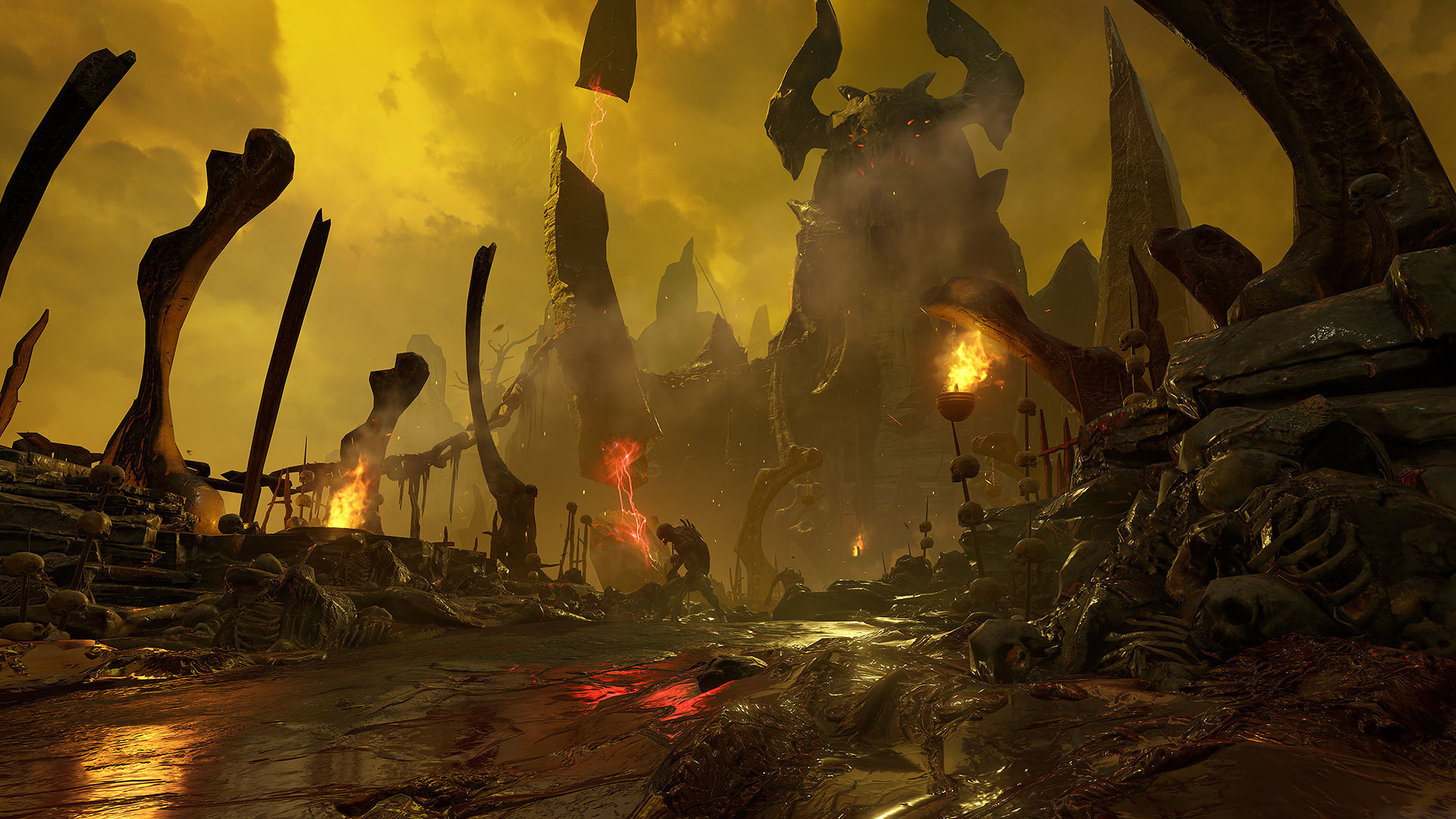
Hell environments are where the twisted creativity really gets to shine.
Song of the Damned
Sound design is also at the top of its game here. Every demon has its own unique vocalizations, from the bass-heavy roar of a Hell Knight to the screech of the Imps. Hellspawn can be heard from across the map, both adding to the intimidation and alerting you to what lurks around the next corner. The soundtrack is a heavy, pulse-pounding, metal-inspired extravaganza that responds to how you play – ramping up in the heat of battle and intensifying with each successful Glory Kill. All of it works together perfectly with the visuals to create an intense experience that makes you feel truly badass.
A World of Pain
Level design is vast, sprawling, and maze-like, the environments often winding back on themselves at various elevations. You’ll often find yourself fighting not just in one area, but across the entire map, jumping and mantling, getting the perfect vantage point, falling back to regroup, and circling around to ambush the enemy. Tight platforming controls make navigation easy, so there’s little frustration to be had because you missed a jump and fell off the map or got stuck on a corner and ended up getting blown to pieces.
Gun Show
Should you get cornered anyways, DOOM has no shortage of guns, again bucking the modern trend of one primary weapon and one sidearm in favor of a classic weapon-wheel. Series staples like the shotgun, chainsaw, rocket launcher, and BFG9000 make a welcome return, along with new tools of destruction, including a Gauss Cannon, grenades, and the Hell Energy-powered Hellshot. There’s a total of fifteen guns available in the single-player campaign, each of which can be modified with two alternate fire modes. All of them handle perfectly, with realistic weight and powerful sound design. The only downside to so many options is that it’s easy to find your favorite and never stray from it. Once I’d found and upgraded the Super Shotgun, it became my go-to toy.
Play Your Way
Between the shooting you can search the maps for countless hidden collectibles and secrets, including a level hidden in each map that opens the path to a classic level from the original DOOM. There’s also Rune Trials, timed and restricted challenges which reward you with runes that modify how you play the game. A total of twelve runes can be collected and equipped up to three at a time, adding a high degree of customization to the game.
Kill Your Friends
DOOM does feature competitive multiplayer, because it’s a modern FPS. Six game modes are included at launch, playable across nine maps, with more of both to come in future DLC. The game modes are your typical competitive FPS modes – team deathmatch, capture the flag, king of the hill – each with a minor DOOM-ey twist. The biggest variations come from the power ups carried over from the campaign, as well as the ability to temporarily play as four different demon types. Playing as a demon adds can radically change the outcome of a match, suddenly making the gameplay asymmetrical. But while certainly unique to DOOM, it’s ultimately not enough to make the online aspect of the game stand out. That’s not to say it’s not fun – it’s the same core gameplay that makes the single-player campaign great, only now you’re Glory Killing your friends. But online multiplayer probably won’t be what brings you back to the game.
Own Personal Hell

The SnapMap interface is both detailed and easy to interpret.
The real incentive to return is SnapMap. In this mode you can easily utilize most of the game’s assets to create your own playable levels, which can then be shared with other players. It’s not just limited to stacking environments and placing enemies; you can also edit game logic to create entirely new multiplayer modes or single player challenges. Already players have recreated classic DOOM maps and even programmed musical levels. With free SnapMap DLC and the ability to share creations across multiple platforms coming in the near future, SnapMap will probably keep the DOOM community going long after multiplayer has atrophied.
Final Verdict
DOOM is fast, relentless, and just plain fun, with a refreshingly strong single-player campaign. Multiplayer, though somewhat lacking, is enjoyable and appreciated; but it’s SnapMap which holds endless promise. Retailing for $60, DOOM is already one of the best values of the year.
8/10 (5 being average)
